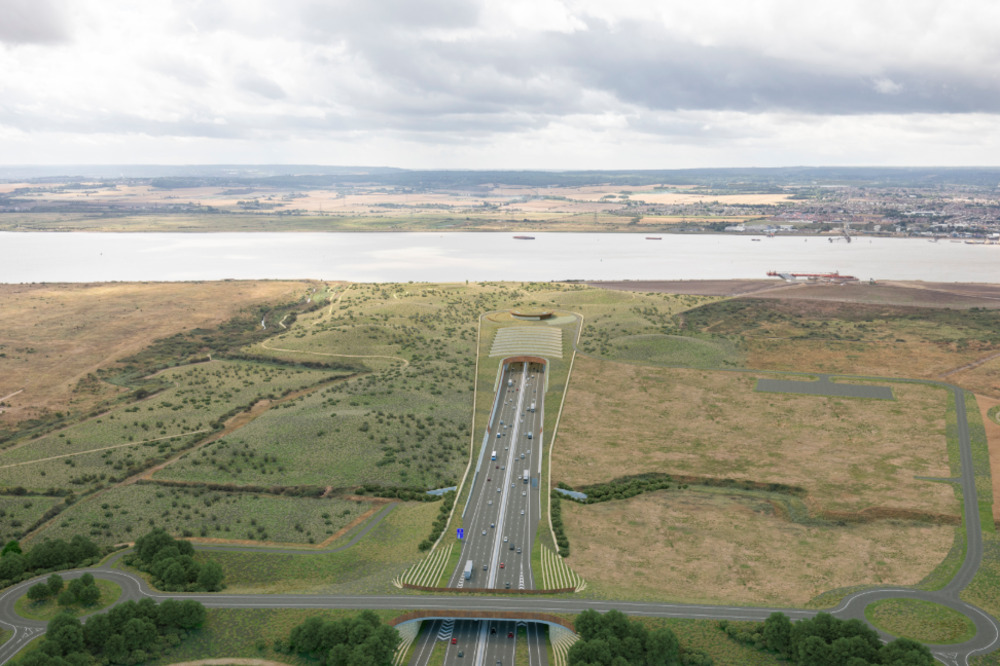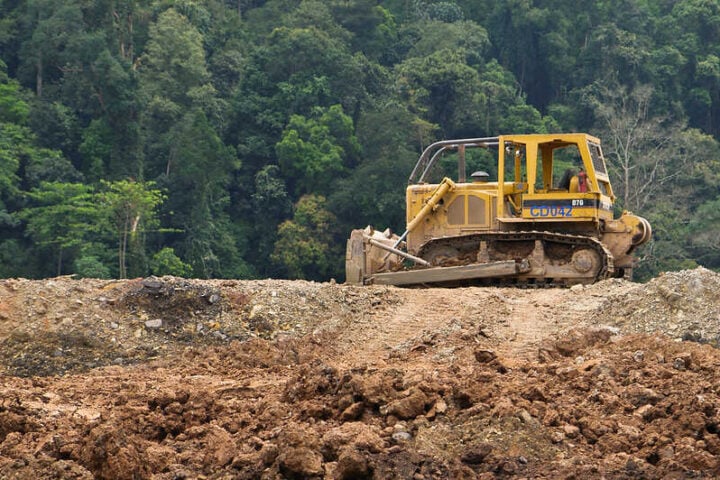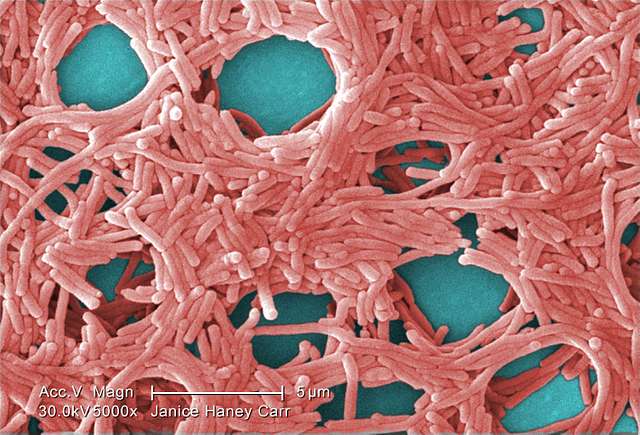The UK government has approved the £9 billion Lower Thames Crossing project, ending 16 years of planning uncertainty. This massive infrastructure development will create the UK’s largest road tunnel, connecting Essex and Kent with a 2.6-mile underground passage beneath the River Thames.
Project Breakdown
The 14.5-mile road will link the A2 and M2 in Kent with the A13 and M25 in Essex, creating an alternative to the chronically congested Dartford Crossing. National Highways expects construction to begin in 2026, with completion targeted for 2032.
“This is the most significant road project in a generation,” said Matt Palmer, National Highways executive director for the Lower Thames Crossing. “It will unlock growth with quicker, safer and more reliable journeys, and redraw the blueprint for building major projects in a net zero future.”
Congestion Solution
For over 60 years, the Dartford Crossing has been the only Thames crossing east of London, creating a notorious bottleneck on the M25. National Highways believes the new route will reduce Dartford’s congestion by 20%.
Jim Dickson, Labour MP for Dartford, welcomed the decision: “This will unlock economic growth across the country and finally deliver a solution to the traffic chaos faced by my constituents on a daily basis.”
Funding Questions
While the project has received planning approval, funding arrangements remain unsettled. The government is “exploring all funding options” including private finance.
Chancellor Rachel Reeves stated in January: “Chancellor Rachel Reeves stated in January: “We will work with the private sector to deliver the infrastructure that our country desperately needs.”
Over £1.2 billion has already been spent on planning, consultations, and blueprints before approval.
Similar Posts
Mixed Local Reactions
Donald Jackson, 77, from south Essex supports the project: “If the QE2 Bridge stops, it causes massive disruption around here, everything blocks up and it clogs everywhere. If there’s a lower crossing, that would ease congestion.”
However, environmental concerns persist. Tara Matthews, 30, worried: “Nature is close to my heart and I’m worried. Are we going to lose the stag beetles, the slow worms and all the wildlife we’ve got around here?”
Colin Boughen, a social worker, added: “The air quality is going to deteriorate. I’ve got a lot of breathing problems and I think it’s just going to exacerbate it.”
Environmental and Economic Debate
The project has sparked intense debate. David Wells, chief executive of Logistics UK, called the announcement “excellent news” as businesses are “currently hamstrung by delays crossing the Thames.”
But Chris Todd, director of Transport Action Network, sharply criticized the decision: “This is absolute madness. Rather than boosting growth, this will clog up roads in the South East and slow the economy down even more.”
Thurrock Council in Essex has consistently opposed the project, citing negative economic, social, and environmental impacts.

Jobs and Timeline
National Highways claims the construction will support up to 22,000 jobs over the six to eight year building period. The road will have three lanes in both directions with a 70mph speed limit.welcomed not only by local drivers and communities but also by businesses across the country
Sir John Armitt, chair of the National Infrastructure Commission, said the project “will be which depend upon reliable access to Europe.”The decision comes ahead of Rachel Reeves’s spring statement, with the government positioning itself as being “on the side of the builders, not the blockers.”
Frequently Asked Questions
The Lower Thames Crossing is a major infrastructure project that will create a new road connection between Essex and Kent beneath the River Thames. The 14.5-mile road will include the UK’s largest road tunnel at 2.6 miles long, connecting the A2 and M2 in Kent with the A13 and M25 in Essex. It’s designed to provide an alternative route to the congested Dartford Crossing.
According to National Highways, construction is expected to begin in 2026 with completion targeted for 2032. The project is anticipated to take six to eight years to build. However, as with many large infrastructure projects, timelines could be subject to change.
The estimated cost of the project is between £8.3-10 billion. Currently, the funding arrangements remain unsettled, with the government “exploring all funding options” including private finance. Chancellor Rachel Reeves has indicated they will work with the private sector to deliver the infrastructure. Over £1.2 billion has already been spent on planning, consultations, and blueprints before the project received approval.
National Highways believes the new route will reduce congestion at the Dartford Crossing by approximately 20%. The Dartford Crossing has been the only Thames crossing east of London for over 60 years and has become a notorious bottleneck on the M25. The new crossing aims to provide quicker, safer, and more reliable journeys for drivers in the region. The road will have three lanes in both directions with a 70mph speed limit.
Environmental concerns include potential impacts on local wildlife habitats, air quality deterioration, and increased carbon emissions. Local residents have expressed worry about the loss of natural habitats for species like stag beetles and slow worms. There are also concerns about worsening air quality affecting residents with respiratory conditions. Environmental groups like Transport Action Network have criticized the project, suggesting it contradicts climate goals by potentially increasing road traffic and emissions.
According to National Highways, the construction of the Lower Thames Crossing will support up to 22,000 jobs over the six to eight year building period. This includes direct construction jobs as well as roles in the supply chain and supporting services. The project is also expected to provide economic benefits to businesses by improving connectivity between the UK and European markets.

















